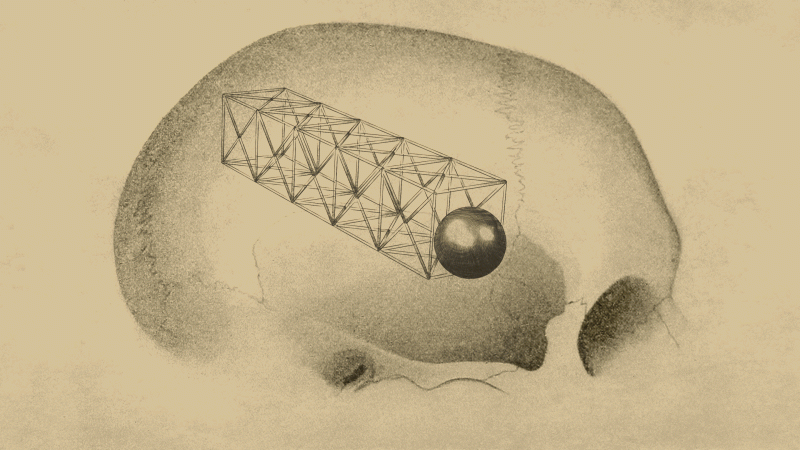Gerardo Ortiz remembers well the time in 2010 when he first heard his Indiana University colleague John Beggs talk about the hotly debated “critical brain” hypothesis, an attempt at a grand unified theory of how the brain works. Ortiz was intrigued by the notion that the brain might stay balanced at the “critical point” between two phases, like the freezing point where water turns into ice.
…
Ortiz promptly identified one of the knottier problems with the hypothesis: It’s very difficult to maintain a perfect tipping point in a messy biological system like the brain.
…
The brain’s tens of billions of neurons form a highly complex, interconnected network. [Physicist Per] Bak hypothesized that, like a sandpile, the network balances at its critical point, with electrical activity following a power law. So when a neuron fires, this can trigger an “avalanche” of firing by connected neurons, and smaller avalanches occur more frequently than larger ones. In hundreds of papers over the past three decades advancing the idea, researchers have argued that operating at criticality would optimize the brain’s performance by maximizing information transfer and processing.
…
[Ortiz and Beggs] have argued that perhaps the brain inhabits a “quasicritical state.” That is, rather than sitting at a precise critical point, it migrates around a broader but well-defined region, “a volume in phase space where the system can adapt to work efficiently and optimally.”Read full, original post: Brains May Teeter Near Their Tipping Point































